Descripción
Muchos de los estudiantes de hoy han estado expuestos a la terminología y los métodos computacionales de cálculo en la escuela secundaria. A pesar de esta familiaridad, sus habilidades de álgebra y trigonometría adquiridas a veces limitan su capacidad para dominar el cálculo a nivel universitario. En este texto, buscamos equilibrar la experiencia previa de los estudiantes en el cálculo con el desarrollo de habilidades algebraicas que aún pueden necesitar, sin ralentizar su progreso a través del propio cálculo. Nos hemos preocupado de proporcionar suficiente material de revisión (en el texto y los apéndices), soluciones detalladas y una variedad de ejemplos y ejercicios, para respaldar una comprensión completa del cálculo para estudiantes de diferentes niveles.
Los autores presentan el material de una manera que fomenta el pensamiento de los estudiantes, yendo más allá de memorizar fórmulas y procedimientos de rutina, y nos muestran cómo generalizar conceptos clave una vez que se presentan. Se hacen referencias a lo largo de las cuales se vincula un concepto nuevo a uno relacionado que se estudió anteriormente, o a una generalización que verán más adelante. Después de estudiar el cálculo de Thomas, los estudiantes habrán desarrollado habilidades de resolución de problemas y razonamiento que les serán útiles en muchos aspectos importantes de sus vidas. Dominar este tema hermoso y creativo, con sus múltiples aplicaciones prácticas en tantos campos de esfuerzo, es su propia recompensa. Pero el verdadero don de estudiar cálculo es adquirir la capacidad de pensar de manera lógica y objetiva, y aprender a generalizar conceptualmente. Tenemos la intención de este libro para alentar y apoyar esos objetivos.
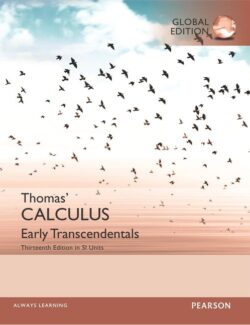
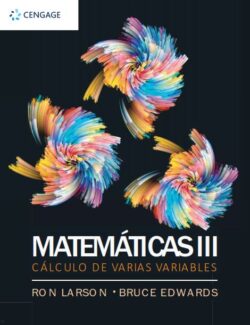
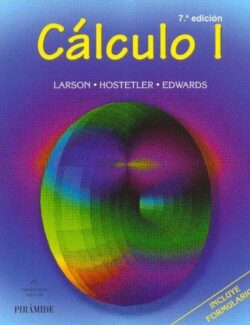
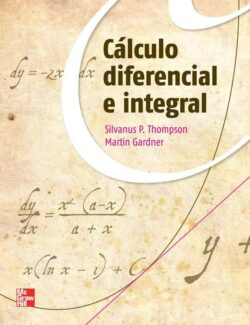
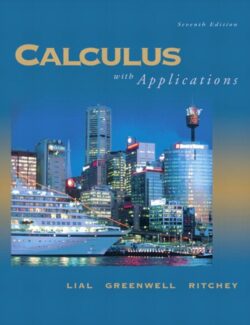
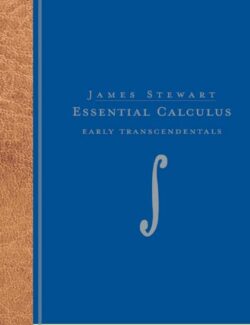

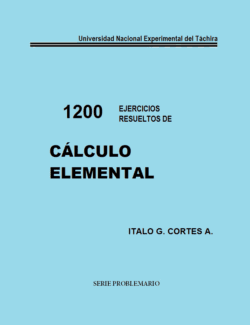

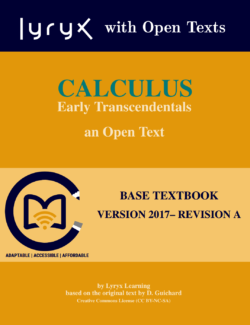



Déjanos un comentario
No hay comentarios